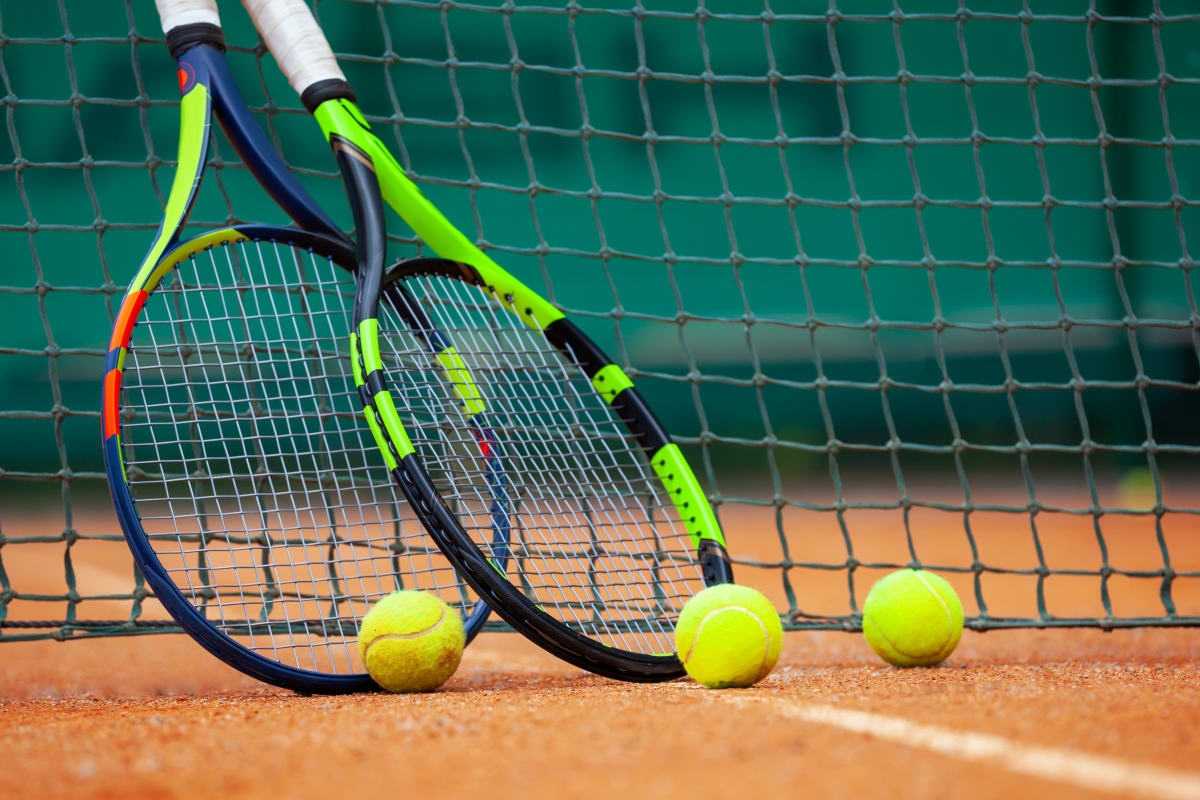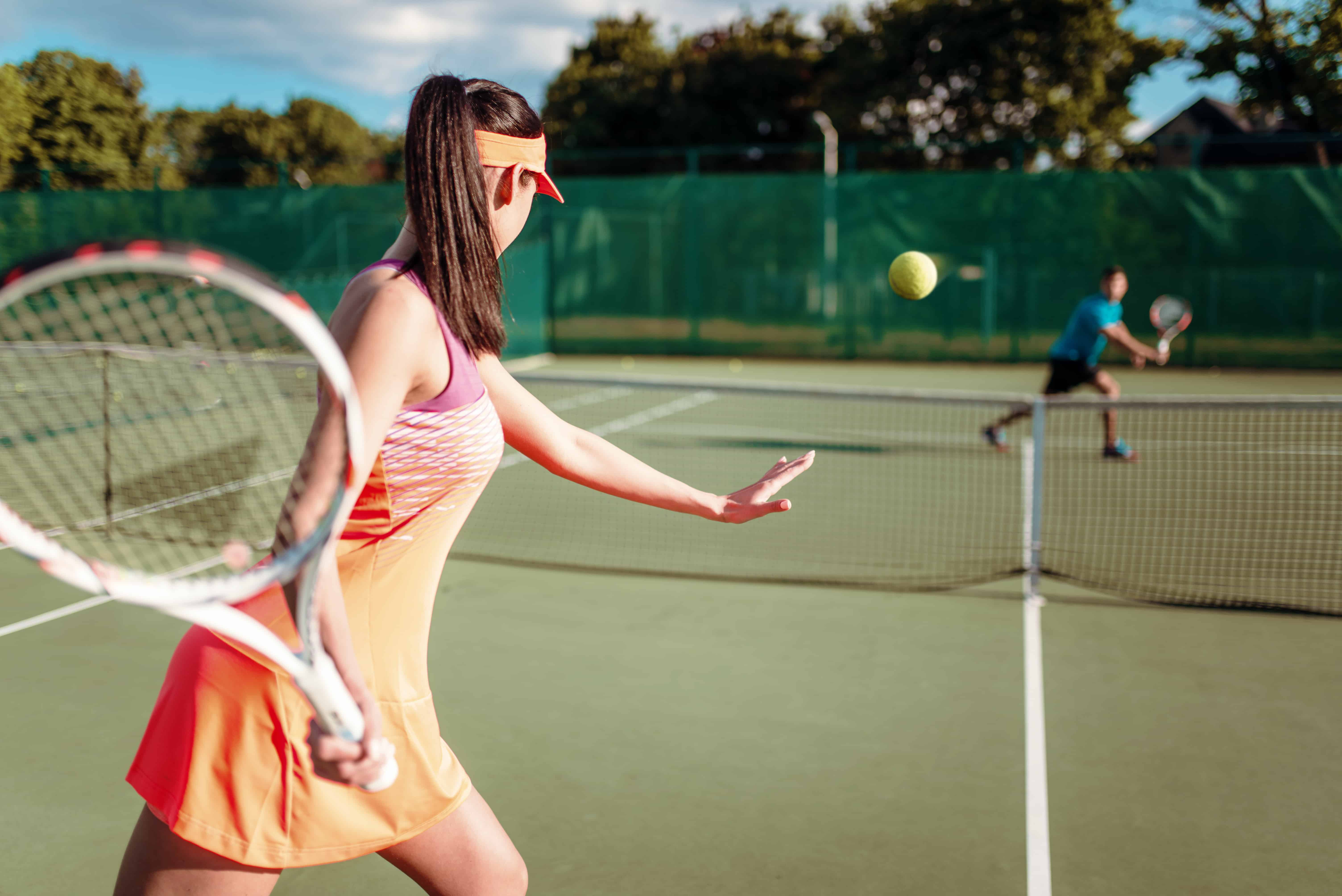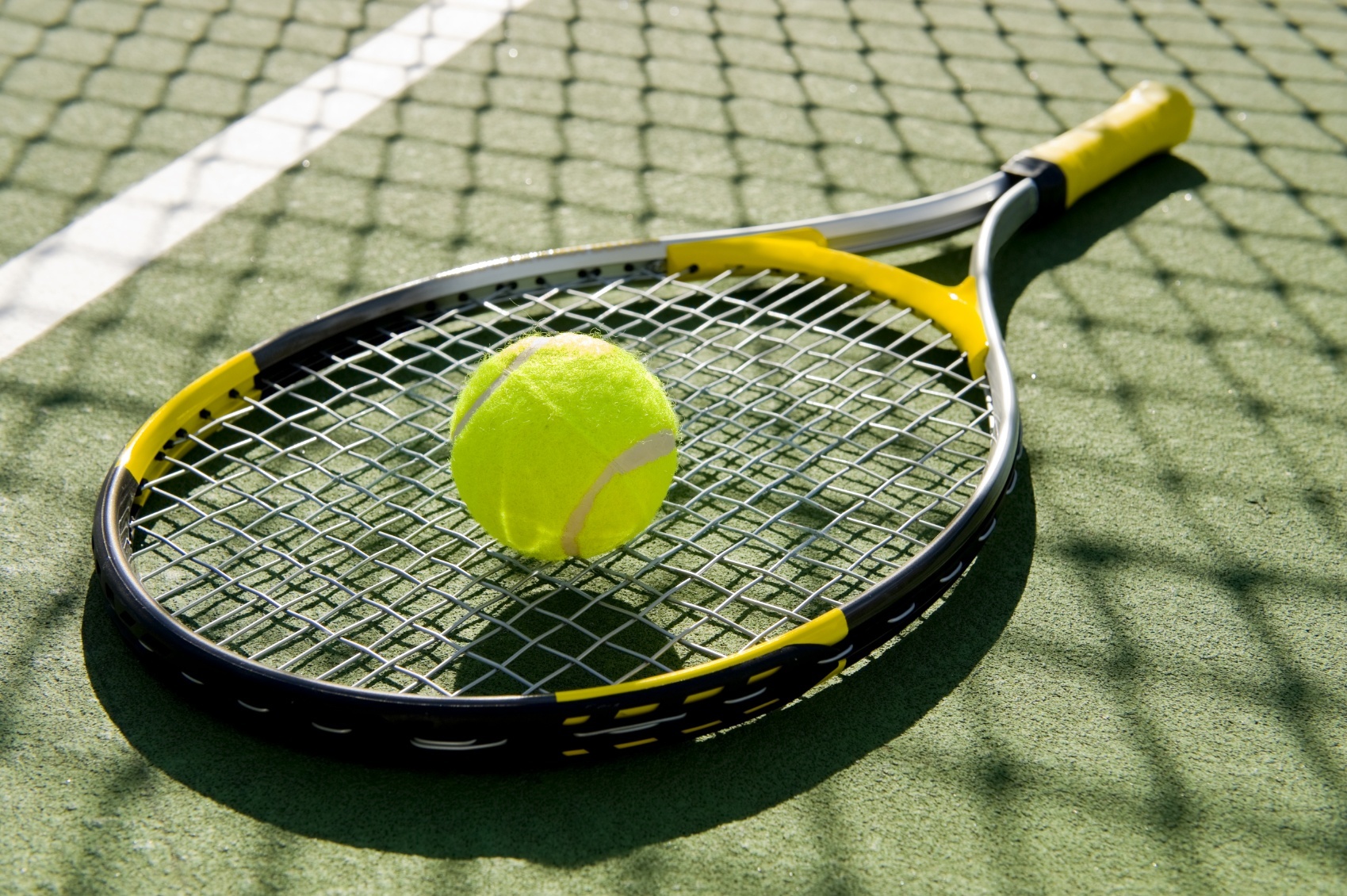Finding The Right Tennis Shoes For Pronation: Your Guide To Better Play
Playing tennis can be a truly wonderful experience, full of quick movements and sudden stops. Yet, for many players, discomfort or even pain in their feet or lower legs can sometimes get in the way. This often happens because of something called pronation, which is how your foot rolls inward when you move. It's a natural thing, but for some, it happens a bit too much, creating issues on the court.
Knowing about pronation is, in a way, a big step towards keeping yourself comfortable and playing your best. Your feet are the foundation for every serve, every volley, and every sprint across the court. If that foundation isn't well-supported, it can definitely affect your game and your body.
This article will help you understand what pronation means for your tennis game. We will look at how special tennis shoes for pronation can offer the support you need. We'll also cover how to pick the right pair, ensuring your time on the court is both fun and safe. So, you know, let's get started.
Table of Contents
- What is Pronation, Anyway?
- How Tennis Shoes Help with Pronation
- Finding Your Perfect Pair of Tennis Shoes for Pronation
- Popular Brands and Models
- Beyond the Shoes: Other Tips for Pronation
- Frequently Asked Questions About Tennis Shoes for Pronation
What is Pronation, Anyway?
Pronation is a very normal part of how your foot works. It describes the way your foot rolls inward as you take a step. This movement helps absorb the impact when your foot meets the ground. It also helps your body adapt to uneven surfaces. Basically, it's a natural shock absorber for your body.
Understanding Your Foot's Movement
When you walk or run, your foot naturally rolls inward. This happens after your heel first hits the ground. The arch of your foot flattens a little bit. This flattening helps spread out the forces that come up from the ground. It's a healthy, necessary motion for many people, you know.
However, some people's feet roll inward too much. This is often called overpronation. It means the foot keeps rolling past the point of healthy shock absorption. This extra rolling can put stress on parts of the foot, ankle, and even up into the knees and hips. It's something that, you know, can cause problems.
On the other hand, some feet do not roll inward enough. This is called supination, or underpronation. These feet tend to stay on the outside edge. They do not absorb shock as well. So, understanding your own foot's movement is quite important.
Why It Matters for Tennis Players
Tennis involves a lot of quick, side-to-side movements. There are also sudden stops and starts. This puts a lot of stress on your feet and ankles. If your foot overpronates, that extra inward roll can be a big issue during these fast actions. It can affect your stability, for instance.
An overpronating foot might not provide a solid base for pushing off. This can mean less power in your shots. It can also make you feel less steady when changing direction. This lack of steadiness can lead to a higher chance of twists or strains. It's something players, you know, really need to think about.
Over time, unchecked overpronation can lead to various aches and pains. You might feel it in your arch, heel, or even your shins. Some players report knee pain or hip discomfort. This is because the foot's movement affects the whole leg's alignment. So, finding the right support is a big deal.
How Tennis Shoes Help with Pronation
Special tennis shoes for pronation are built to give your foot the support it needs. They work to control that inward roll. They help guide your foot into a more neutral position. This can reduce stress on your joints and muscles. It's almost like having a personal guide for your foot.
Key Features to Look For
When you are looking for shoes to help with pronation, there are specific things to check. These features are put in place to give your foot a steadier feel. They help keep your foot from rolling too far inward. It's really about creating a more balanced base.
Support Elements
Look for shoes with a firm piece of material, often on the inside edge of the midsole. This is sometimes called a medial post or stability wedge. It feels denser than the rest of the sole. This firm part helps resist the inward roll of your foot. It keeps your arch from collapsing too much. So, it's a key part of the design.
Another important part is the arch support itself. Shoes for pronation will have a noticeable shape under the arch. This shape helps lift and hold your foot's natural arch. It stops it from flattening excessively. This support is very important for comfort and proper foot alignment. It helps, you know, keep things where they should be.
The upper part of the shoe also plays a role. It should hold your foot securely. A good lacing system and a snug fit around the midfoot are important. This prevents your foot from sliding around inside the shoe. A secure fit helps the shoe's support features work as they should. Basically, the whole shoe works together.
Cushioning Types
While support is key, cushioning is also important for comfort. Shoes for pronation often have a balance of firmness and softness. They need to absorb impact without being too squishy. Too much softness can actually make pronation worse. It allows the foot to sink in too much. So, it's a delicate balance, you know.
Different brands use various materials for cushioning. Some might use foams that are more responsive. Others might use gels or air pockets. The goal is to provide comfort. It should also return some energy to your step. This helps with quick movements on the court. You want a feeling of comfort, but also of being ready to move.
Outsole Design
The bottom of the shoe, the outsole, needs to be durable. Tennis involves a lot of dragging and sliding. The outsole pattern is also important for grip. It needs to provide good traction on different court surfaces. This is for quick stops and changes in direction. It's really about safety and performance.
Some outsoles have specific patterns designed for stability. They might have wider bases or flatter sections under the arch. This adds to the overall steadiness of the shoe. It helps keep your foot from tipping too far one way or the other. So, even the bottom of the shoe has a job to do in managing pronation.
Stability vs. Motion Control
When looking at tennis shoes for pronation, you might hear terms like "stability" and "motion control." These refer to different levels of support. Stability shoes offer moderate support for mild to moderate overpronation. They have a good balance of cushioning and firmness. They are a common choice for many players, in fact.
Motion control shoes offer the highest level of support. They are for people with severe overpronation or very flat feet. These shoes are usually very firm. They have extensive medial posts and a very rigid structure. They are designed to strictly limit the foot's inward movement. They are, you know, quite a bit more restrictive.
Choosing between stability and motion control depends on how much your foot pronates. A shoe that is too rigid can be uncomfortable if you only have mild pronation. A shoe that is not supportive enough won't help if your pronation is severe. It's about finding the right amount of help for your foot.
Finding Your Perfect Pair of Tennis Shoes for Pronation
Picking the right tennis shoes for pronation isn't just about reading labels. It involves knowing your own feet. It also means trying on shoes carefully. This way, you can feel what works best for you. It's a very personal choice, you know.
Checking Your Foot Type
One simple way to get an idea of your pronation is the "wet test." Wet your foot and step onto a piece of paper or cardboard. Look at the footprint. If you see almost your entire foot, you likely overpronate. If you see only the heel and ball of your foot with a very thin connection, you might supinate. A normal arch will show about half of your arch. This is a quick, basic check, you know.
For a more precise idea, you could consult a foot care professional. A podiatrist or a physical therapist can accurately assess your foot mechanics. They can tell you exactly how much your foot pronates. This information can be very helpful when choosing shoes. It gives you a much clearer picture, actually.
Trying Shoes On: What to Feel For
Always try on tennis shoes at the end of the day. Your feet swell a little bit throughout the day. This ensures you get the right size. Wear the type of socks you normally play in. This also helps with the fit. It's a small detail that makes a big difference, you know.
When you try them on, walk around the store. Do some tennis-specific movements if possible. Do quick shuffles, stop and start, and even jump a little. Pay attention to how your arch feels. Does it feel supported? Does the shoe feel stable? Does your heel feel secure? These feelings are very important.
Make sure there is about a thumb's width of space between your longest toe and the end of the shoe. Your toes should have room to wiggle. The shoe should feel snug but not tight. There should be no pinching or rubbing anywhere. It's about finding that just-right feeling, you know.
Consider the court surface you play on most often. Hard court shoes tend to be more durable. Clay court shoes have a specific tread pattern for grip and sliding. All-court shoes are a good middle ground. The outsole needs to match your playing environment. This is something, you know, to keep in mind.
When to Replace Your Shoes
Tennis shoes, especially those providing support for pronation, have a lifespan. The cushioning and support features break down over time. You might notice the shoe feels less bouncy. The support might not feel as firm. Your feet might start to ache after playing. These are all signs it's time for a new pair. It's really about listening to your shoes, in a way.
A general rule of thumb is to replace tennis shoes every 4-6 months for regular players. For very frequent players, it might be even sooner. Look at the wear patterns on the outsole. If they are worn smooth in spots, especially on the inside edge for pronators, the shoe is likely losing its effectiveness. So, keeping an eye on wear is important.
Popular Brands and Models
Many shoe companies make tennis shoes with stability features. They use different technologies to help with pronation. Brands known for their running shoes often bring similar support concepts into their tennis lines. This is because the mechanics of foot support are, you know, somewhat similar across sports.
When looking at options, you'll find shoes designed with extra medial support. Some models have wider bases for added stability. Others focus on specific cushioning that still offers a firm feel. It's worth exploring what different brands offer. You might find a particular fit or feel that works best for your foot. This is something to consider, really.
Our site, which covers Italian tennis and its players, often highlights the importance of proper gear. Just as the values of sport – healthy competition, respect for rules, fair play, and self-improvement – are key on the court, so too is taking care of your body. Good shoes are a part of that. Learn more about on our site.
Beyond the Shoes: Other Tips for Pronation
While the right tennis shoes for pronation are a big help, they are not the only solution. There are other things you can do to support your feet and body. These steps can complement your shoe choice. They can help you feel even better on the court. It's about a complete approach, you know.
Orthotics and Inserts
Some players find that over-the-counter arch supports or custom orthotics provide extra help. These inserts go inside your shoes. They can give more targeted support to your arch. This helps control pronation even further. They can be a good addition if your shoes alone are not quite enough. So, they are worth considering.
Custom orthotics are made specifically for your feet by a foot professional. They provide very precise support. Over-the-counter inserts are more general. Talk to a doctor or a podiatrist if you think custom orthotics might be for you. They can give you the best advice. It's a step that can really make a difference.
Strengthening Exercises
Weak muscles in your feet and lower legs can contribute to overpronation. Doing specific exercises can help strengthen these muscles. This can improve your foot's natural ability to support itself. Exercises like calf raises, toe curls, and ankle circles can be beneficial. These are pretty simple to do, actually.
Working with a physical therapist can also be very helpful. They can show you the right exercises for your specific needs. They can also check your form. Stronger feet and ankles mean better stability on the court. It's about building up your body's own support system, you know.
Listening to Your Body
Pay attention to any pain or discomfort you feel while playing. Your body often sends signals when something is not quite right. Ignoring persistent aches can lead to bigger problems down the line. It's important to address issues early. This can prevent minor discomfort from becoming a major injury. You know, prevention is always better.
If you experience ongoing pain, it's always a good idea to see a medical professional. They can diagnose the issue and recommend the best course of action. This might involve changes to your footwear, specific exercises, or other treatments. Taking care of your body means you can keep playing the sport you love. You can learn more about general foot health at a helpful resource like this sports health information site.
Frequently Asked Questions About Tennis Shoes for Pronation
Can I use running shoes for tennis if I pronate?
While some running shoes offer pronation control, they are not ideal for tennis. Tennis involves unique side-to-side movements and sudden stops. Running shoes are mostly designed for forward motion. They might not have the right lateral support or outsole durability for tennis courts. So, it's generally better to use shoes made specifically for tennis.
How often should I replace my tennis shoes for pronation?
The lifespan of your tennis shoes depends on how often you play and how hard you play. As of November 26, 2023, a good general guide is to replace them every 4-6 months for regular players. If you play several times a week, you might need new shoes sooner. Look for signs of wear, like flattened cushioning or worn-out tread. These are clear signs, you know, that they're losing their effectiveness.
Do custom orthotics replace the need for special pronation shoes?
Not necessarily. Custom orthotics provide specific arch support and help control your foot's movement. However, they work best when combined with a shoe that also offers good stability. The shoe provides the overall structure and cushioning. The orthotic fine-tunes the support. So, they often work together for the best results. You can find more information about how different gear works together on this page .
Choosing the right tennis shoes for pronation can truly make a difference in your game. It can bring more comfort and help keep you from getting hurt. Understanding your feet and what they need is a step towards playing your best. It's about finding that perfect blend of support and comfort. This allows you to focus on the game itself, with all its healthy competition and fair play. It means you can enjoy every moment on the court, feeling steady and strong.

Beginner's guide to tennis: 9 things you need to play - Reviewed

How to Win a Tennis Match Against a Better Player - The Tennis Mom

Officials - Tennis Canada